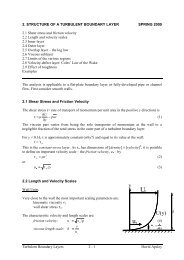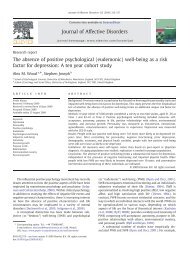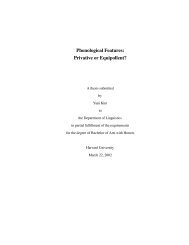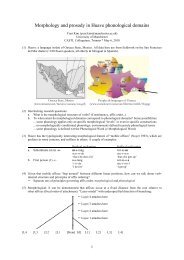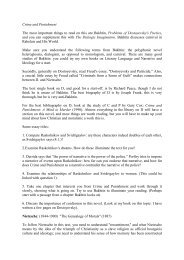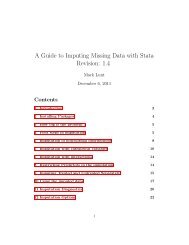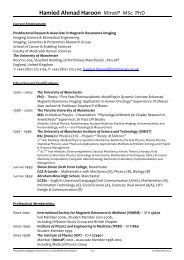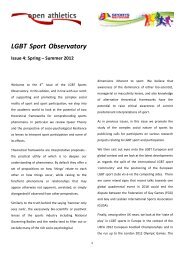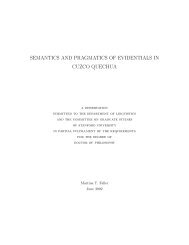Create successful ePaper yourself
Turn your PDF publications into a flip-book with our unique Google optimized e-Paper software.
From these we can form non-dimensional <strong>velocity</strong> and height in wall units:<br />
+ U<br />
+ y u y<br />
U ≡ , y ≡ =<br />
u ¡ £<br />
y + is a sort of local Reynolds number. Its value is a measure of the relative importance of<br />
viscous and turbulent transport at different distances from the wall.<br />
Boundary-Layer Units<br />
At large y + the direct effect of viscosity on momentum transport is small and heights can be<br />
specified as a fraction of the boundary-layer depth :<br />
y<br />
= (7)<br />
The quantity<br />
u<br />
Re ≡ ¢ ¢<br />
=<br />
+<br />
is called the friction Reynolds number and is a global parameter of the boundary layer.<br />
Since fully-developed boundary-layer flow is completely specified by U, y, , , and u ,<br />
dimensional analysis (6 variables, 3 independent dimensions) yields a functional relationship<br />
between 6 – 3 = 3 dimensionless groups, conveniently taken as<br />
U y y<br />
= f , )<br />
u<br />
i.e.<br />
+ +<br />
U = f ( y , )<br />
(9) ¢ (£<br />
Almost all boundary-layer analysis is based upon the smooth overlap of the limiting cases –<br />
inner layer ( 0) and outer layer (y + » 1).<br />
<strong>2.</strong>3 Inner Layer (Prandtl, 1925)<br />
Dimensional parameters U, y, w, , – but not .<br />
dimensionless groups, conveniently taken as ¡<br />
Dimensional analysis (5 parameters, 3 independent dimensions) ⇒ 2 independent<br />
+<br />
U<br />
+<br />
= U / u and y = u¡y<br />
/ .<br />
Then we have the law of the wall:<br />
+ +<br />
U = f w ( y )<br />
(10)<br />
fw is expected to be a universal function; i.e. independent of the external flow.<br />
According to Pope (2000), the inner layer corresponds roughly to y / < 0.1, or the region<br />
over which the shear stress is approximately constant.<br />
Turbulent Boundary Layers 2 - 2 David Apsley<br />
(6)<br />
(8)





